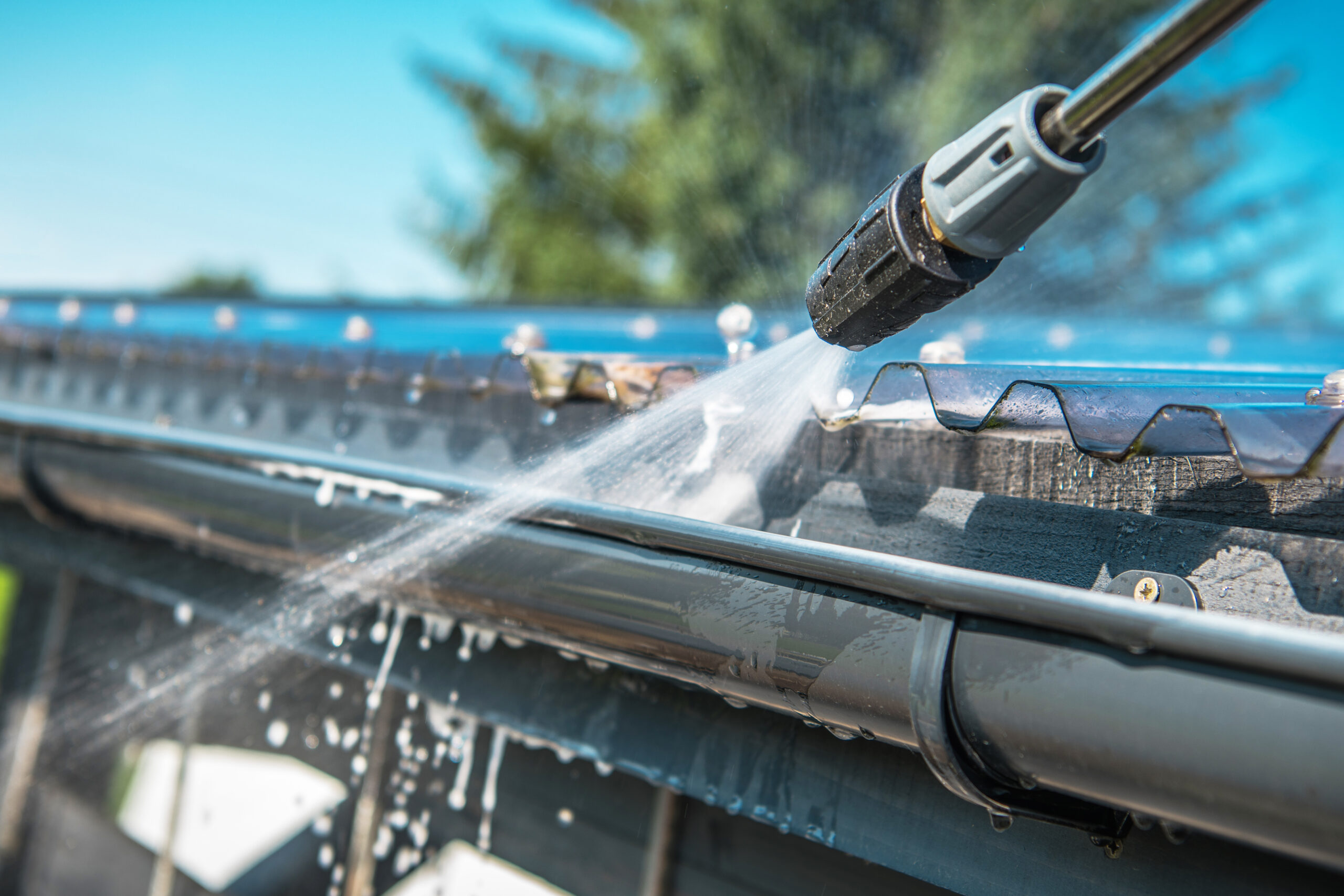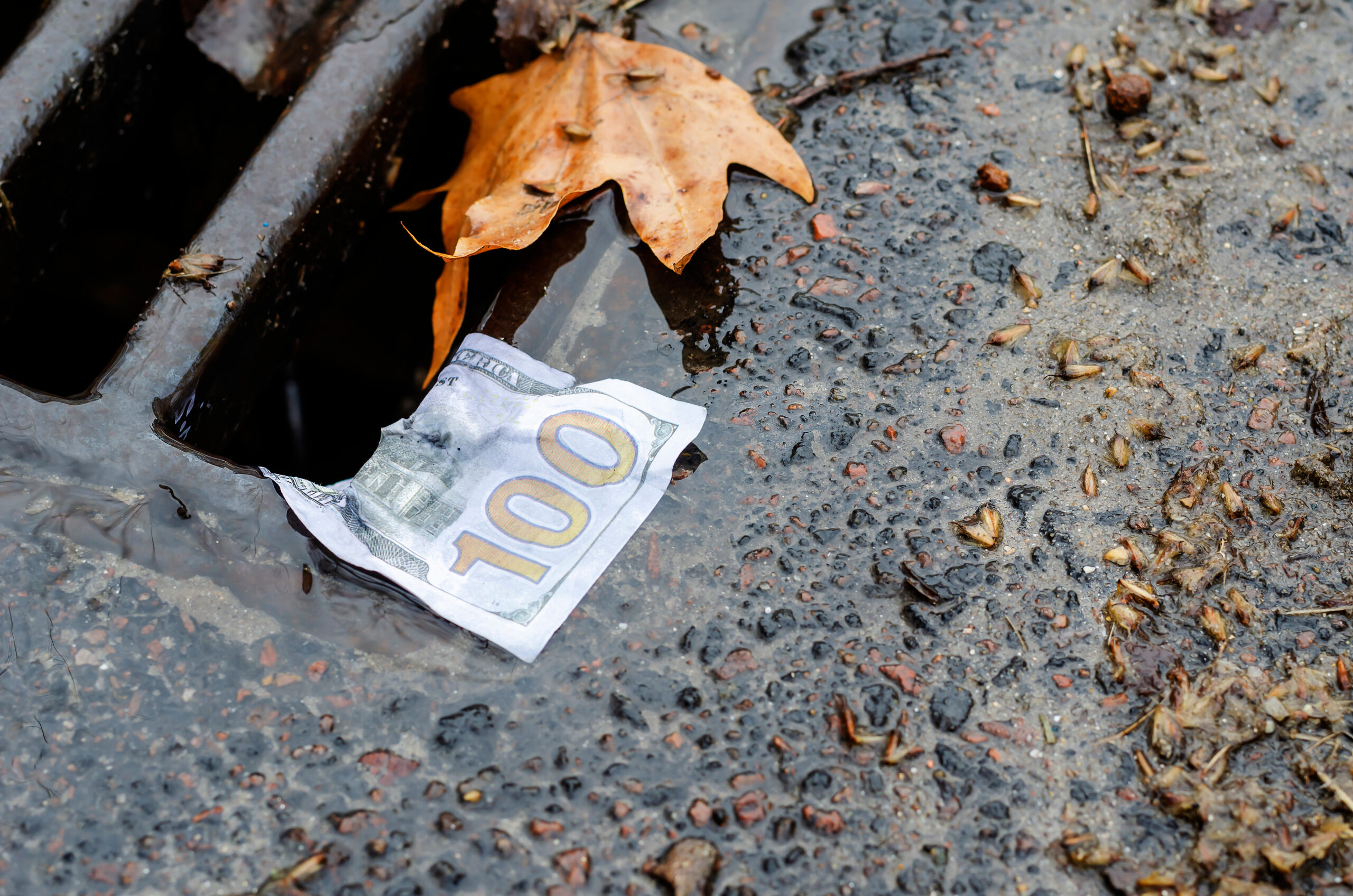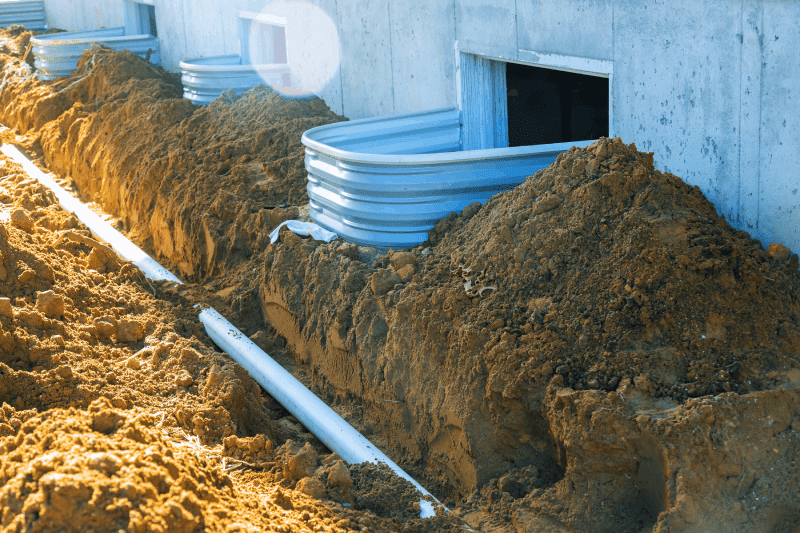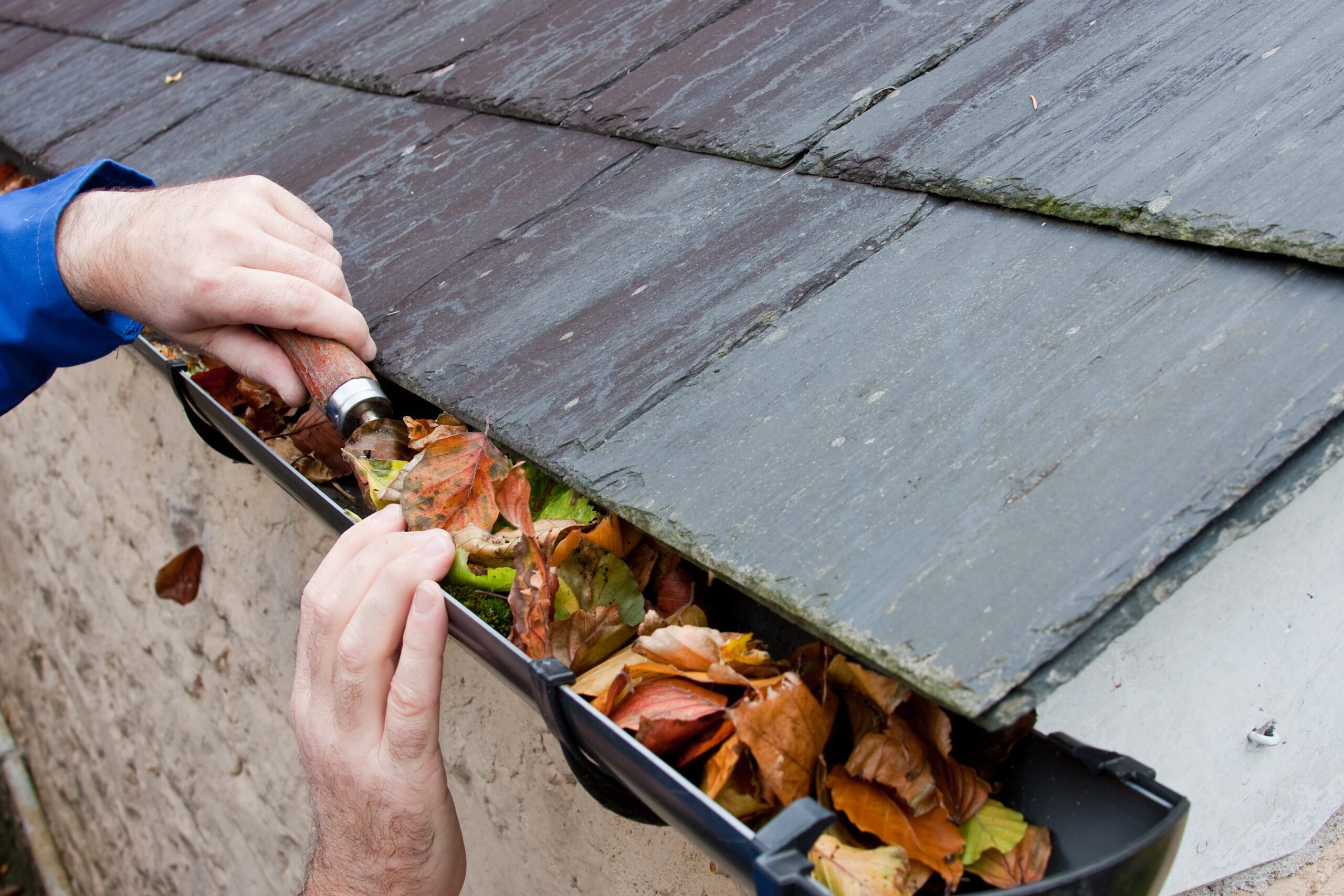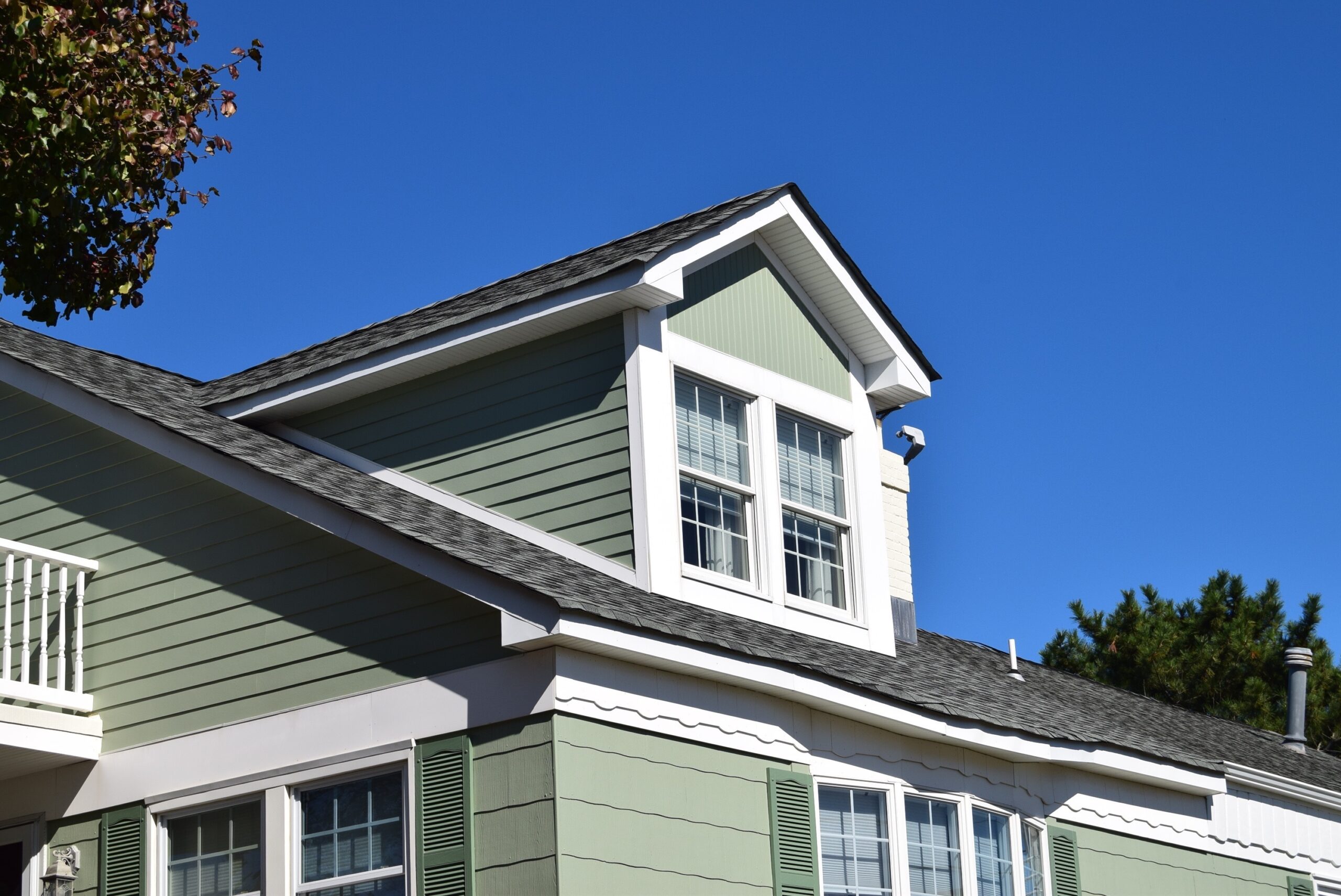Ice dams are a familiar sight in Lynchburg and other areas in Virginia after a heavy snowfall. At first sight, the ice in gutters is an interesting phenomenon. But the eerie sight belies the severity of the threat they pose to your home.
Besides giving your home a haunted look, ice dams can weigh several hundred or thousand pounds – enough weight to bring down your entire roof. Left unattended, ice dams force melt water into your home, causing severe damage to your roof, drywall, paint, gutter, insulation, and more.
What are Ice Dams?
Ice dams are ice ridges that form on the edges of your roof and gutters, preventing the melting snow water from draining off. The melt water accumulates behind the ice in gutters, creating a massive pool. Eventually, the dammed melt water seeps under the shingles and below the tar paper before getting to the plywood beneath and into your attic.
Besides the visible, physical damage to your walls and ceilings, the moisture leaking into your home from the ice dam facilitates the growth of mold and mildew. Mold and mildew pose a severe health risk because they cause acute respiratory problems.
What Causes Ice Dams?
Ice dams result when there’s a temperature variation on your roof surface during winter. The barriers often result when warm air escapes from your home and heats the roof surface during winter.
The escaping air heats the highest sections of your roof, raising the temperature above 32°F. The freezing outdoor temperate keeps the lower levels of the roof below 32°F. Ice dams will form if roof surface temperature variation remains for a long time.
Snow lying on the warmer section of the roof begins to melt, and the melt water flows downwards only to freeze again upon reaching the colder areas of the roof and the gutters.
As the thawing and freezing cycle continues, ice dams develop and grow as they’re continuously fed by melting snow. Ice dams only form on the roof portions where the temperature is below freezing. The melted water lying on the warmer parts of the roof remains in a liquid state and accumulates quickly as the snow falls.
As the dammed water accumulates and the pressure builds up, the water seeks a way out. Cracks and openings on your roof surface offer the path with the least resistance, and the water flows into your attic space.
The melt water can flow down your exterior walls upon entering the attic and through the ceiling insulation. That’s when you notice the water stains on your ceiling finish.
Ice Dams and Your Gutters
Ice dams pose a significant threat to your entire roofing structure and could cause irreparable damage to your home. When ice builds up around the lower portions of the roof, it compromises your gutters.
The ice buildup in the gutters prevents the melting snow from flowing down the spouts. As a result, the water flows over the gutters, creating long icicles. Besides giving your home a haunted look, these icicles pose a grave health risk to your household.
Sometimes the ice dams form inside the gutters. Typically, the roof will be warmer than the gutter if heat is escaping from your home through the attic. The warm air will heat the snow from below, and the snow melt will flow into the colder gutters. The snow melt will refreeze, creating ice dams that may damage your gutters.
Gutters in areas with heavy snowfall, such as Lynchburg, Virginia, are highly susceptible to damage. The sheer weight of accumulating snow and ice is enough to overwhelm the gutters. They’re likely to succumb to the excess weight of the snow and ice. That’s when gutters snap from their hangers and fall on the ground, exposing your exterior walls, sidings, and foundation to water damage.
How to Prevent Ice Dams In Your Gutters
Proper roof insulation and proper choice of gutters is the best way to prevent ice dams on your home. A well-insulated roof traps the warm air inside the house and keeps it from escaping through the attic and heating the roof.
Proper gutter choice, installation, and routine maintenance prevent ice dams from forming on your roof. Clogged gutters accelerate ice dams and icicle formation because they fill up with snow and ice. Cleaning out your gutters before winter to remove fallen leaves alleviates this problem.
However, installing gutter guards, such as K-Guard Gutter Guards, is the most effective way to prevent ice in gutters. This leaf-free gutter system is specially engineered for strength, functionality, beauty, and durability. Made from heavy-duty aluminum metal, these gutter guards boast a lifespan of more than 20 years. Besides lowering your home’s maintenance needs, these gutter guards offer additional benefits like improving your home’s curb appeal.
Ready to protect your home from the devastating effects of ice dams and lower your maintenance needs during winter? Contact us today!
Home Evolutions VA is a gutter and gutter installation expert serving homeowners in Lynchburg, Virginia, and surrounding areas.
Have any questions regarding your home’s gutter system? Call us today at 434-525-0403!


